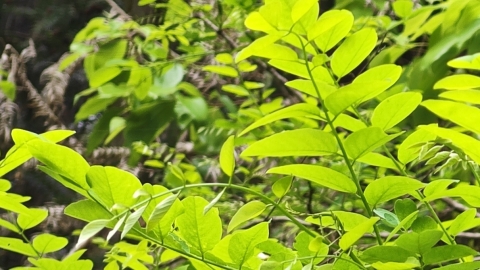Are purple locust flowers edible, and are they poisonous?
Purple locust flowers are generally edible and non-toxic, but should be consumed in a reasonable and moderate manner.

Among purple locust flowers there is a variety known as purple locust (Catalpa ovata), whose flowers are edible, just like common white locust flowers. In China, locust flowers have long been used to prepare various dishes, such as locust flower cakes and locust flower tea. These culinary practices have a long history and no significant adverse reactions have been reported. Therefore, if confirmed to be flowers of the purple locust and free from contamination, they can be safely consumed after proper cleaning and cooking.
Purple locust flowers have a taste similar to that of herbal plants, slightly dry and somewhat bitter. Consumption in large quantities by pregnant women, children, or individuals with weak digestive systems may cause gastrointestinal discomfort such as bloating and abdominal pain. Additionally, flavonoids present in the flowers may cause allergic reactions in some individuals. It is recommended not to consume purple locust flowers raw, but rather to reduce the risks by cooking them at high temperatures.
When harvesting and consuming locust flowers, it is also important to protect the natural environment and avoid indiscriminate picking and destruction of plants such as locust flowers. In daily diets, it is recommended to maintain a balanced dietary structure and diversify food intake to help maintain good health.




